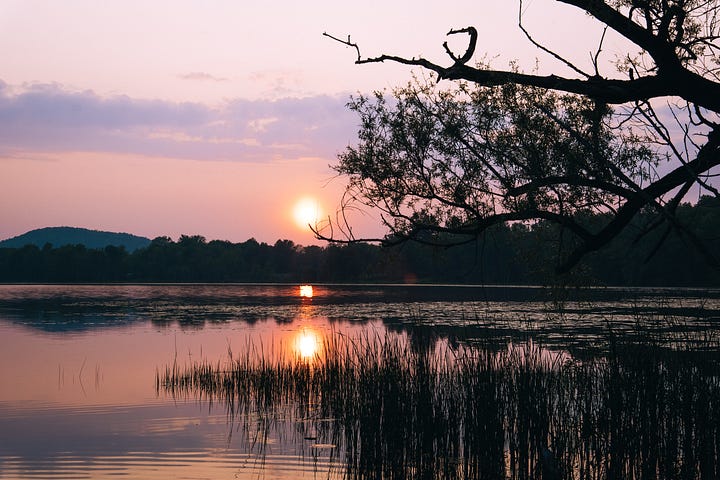Are Tripods Necessary with Modern Cameras
With high ISO performance and Image stabilization in modern cameras, are tripods obsolete?
I’m beginning to see a debate with landscape photographers. Why even take a tripod in the field anymore? Cameras and lenses today have image stabilization that allows steady shots at increasingly low shutter speeds. They can produce clear images at ISO settings that would have resulted in a digital snowstorm just a few years ago. So, can we toss out our tripods now?
What Don’t We Need Anymore?
The traditional job of a tripod was to compensate for a low shutter speed. The reason for a slow shutter speed was either a lack of light or an intentional attempt to blur motion in the image. But a slow shutter speed caused problems when the camera moved, so the tripod provided a stable base.
Image stabilization to the rescue: Depending on the camera you are using, image stabilization technology compensates for camera movement, letting you get sharp images between 2 and 8 stops slower than you usually would, depending on the camera and lens combination being used, according to Canon. I’ve even seen some photographers using slow enough shutter speeds to blur waterfall images without a tripod
.
If low light is the problem, ISO capabilities have improved, allowing many cameras to shoot at ISO settings previously thought to be unusable. Early digital cameras lost significant image quality in images with ISO settings as low as 400-800. Many cameras today can provide good images with settings as high as 3200 or 6400. If images appear to have too much noise, programs like Lightroom, Photoshop, and third-party add-ons have become extremely good at eliminating noise in the images.
When Can Tripods Help?
Composition. If you need to be very picky about your composition, spending time on border patrol, a tripod can help. I use a tripod for small scenes, making minor adjustments to my composition. Close-ups and macro shots with shallow depth of field can be tricky. Taking multiple shots and cropping in post are also valid tools for this, but I prefer to take a slower approach.
Waiting for the light. I set up my camera and find my composition when shooting woodland or sunrise and sunset images. Then, I wait for the light to give me the shot I want. In woodland images with that dappled light shining through the trees, the light is continually moving around on the subject.
It might not be where you want it right away, so you may need to keep the camera fixed on a subject for a few minutes. Same with the sunrise and sunset on landscapes. As the sun moves in the sky, the light changes. You may need to wait. And wait. And wait some more.


Vintage Gear. Older gear is still out there, and still making amazing images. Whether your digital camera is 10 years old or you are using an old film camera. You may still need to give it a stable vantage point for your images.
Today, whether or not you want to carry a tripod is mostly a personal preference. Many shots can be made with or without a stable base under your camera. It’s a trade-off between your shooting style and how much gear you want to carry. I find myself bringing my tripods along less today. But I still use them when I want to slow down and be more deliberate. And I almost always use them when I’m posted up in a spot, shooting a sunset or a sunrise.
Do you still use a tripod, and if so what do you use it for?
✅ Where to Find Me
You can find more of my work on the web at: Simmons Photography
If you want to work with me, or inquire about licensing images: Contact Page
More of my work can be seen on Vero and Flickr.
🎒 The Gear Bag - Gear and Inspiration
Some links in this section are affiliate links. If you make a purchase through them, I may earn a small commission at no extra cost to you. I only share gear and resources I personally use or believe in.
As an Amazon Associate, I earn from qualifying purchases.
Most of these images were taken with a Fujifilm X-T5.
Images in this article also utilized on a 3 Legged Thing tripod.





